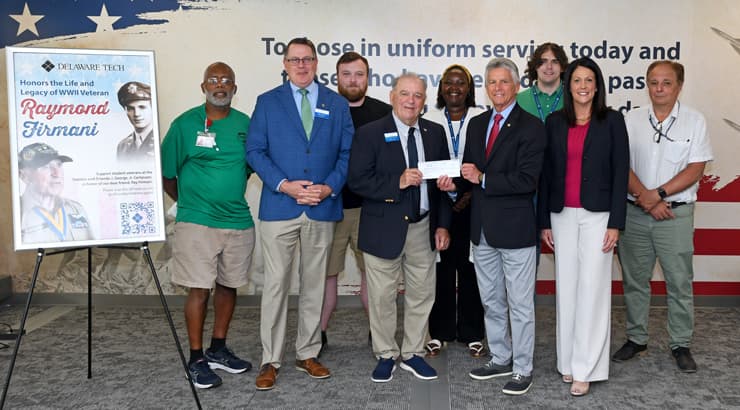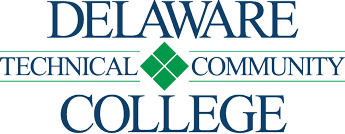
The Rise and Fall of Indiana Basketball: What's Next for the Hoosiers?
2025-11-06 10:00
I remember sitting in Assembly Hall back in 2013 watching Cody Zeller and Victor Oladipo lead Indiana to their last outright Big Ten championship. The energy was electric, the tradition palpable - this was Indiana basketball at its finest. Fast forward to today, and we're looking at a program that's gone from perennial contender to struggling to make the NCAA tournament. As someone who's followed college basketball for over two decades, I've never seen a blueblood program experience such dramatic fluctuations in such a relatively short period.
The numbers tell a sobering story. Indiana has made just five NCAA tournament appearances in the last ten years, with only one Sweet Sixteen appearance during that span. Compare that to the 1990s, when they made the tournament nine times and reached the Final Four in 1992. Their conference record has been equally inconsistent - finishing below .500 in Big Ten play in four of the last seven seasons. What's particularly striking is how their recruiting has failed to translate into sustained success. They've consistently landed top-25 recruiting classes, including the nation's eighth-ranked class in 2019, yet the on-court results haven't matched the talent influx.
Watching this program navigate its identity crisis reminds me of that fascinating comparison between Sisi and Savi that's been circulating in basketball circles. While some consider Sisi a 'shorter Savi' or Savi a 'taller Sisi' because of their identical two-way prowess on offense and defense, Davison doesn't consider herself a mirror image of the kind of player Rondina is. This distinction resonates deeply with Indiana's situation. The program has been trying to replicate past successes by chasing mirror images of former greats rather than developing their own unique identity. They've been searching for the next Isiah Thomas or Calbert Cheaney when what they really need is to embrace a new archetype altogether.
I've noticed this pattern across multiple coaching regimes. Mike Davis tried to maintain the Knight system while adding his own touches. Kelvin Sampson brought in his aggressive recruiting style but clashed with the Indiana basketball culture. Tom Crean had some success with the Oladipo-Zeller teams but couldn't sustain it. And now Mike Woodson, despite his NBA pedigree, seems caught between modern basketball analytics and Indiana's traditional post-oriented game. The program keeps looking for someone who can be the 'next Bob Knight' rather than developing their own distinctive approach to the game.
The financial aspect can't be ignored either. Indiana basketball generated approximately $45 million in revenue last year according to Department of Education figures, placing them among the top revenue-generating programs nationally. Yet their investment in facilities and support staff has lagged behind programs like Michigan State and Purdue. I've toured their practice facility, and while it's certainly adequate, it doesn't have the wow factor of some newer facilities around the conference. This matters more than people realize - top recruits notice these things.
What Indiana needs isn't another savior or a carbon copy of past successes. They need to embrace what makes their current situation unique. The basketball landscape has fundamentally changed with the transfer portal and NIL deals, and Indiana's traditional advantages - their brand recognition, passionate fan base, and historical success - mean less than they used to. They need to build around players who want to be at Indiana specifically, not just players who want to play college basketball somewhere.
I'm convinced the solution lies in embracing modern basketball while respecting tradition. That means prioritizing versatile, two-way players who can space the floor defensively and create mismatches offensively. It means developing a system that maximizes player development rather than chasing one-and-done talents who may not buy into the program fully. Most importantly, it requires patience from the administration and fan base - something that's been in short supply lately.
Looking ahead, I believe Indiana's path back to relevance involves leaning into their developmental strengths while adapting to basketball's evolution. They should focus on identifying and cultivating players who may not be five-star recruits but possess the work ethic and basketball IQ that made Indiana great in the first place. The foundation is there - the fan support remains among the nation's best, the facilities are improving, and the Indiana brand still carries weight. What's needed now is the vision to build something new rather than trying to recreate what worked decades ago. The Hoosiers aren't far from turning things around, but they need to stop looking in the mirror and start charting their own unique path forward.

